METHOD OF TEACHING READING
Reading is the ability to recognize the written symbols of a language. In the process of reading we pronounce the sounds of different language symbols in such a way that they make some sense for the listeners and they catch the meanings.

image courtesy by : http://www.childrens-books-and-reading.com
Reading provides access to the store of the knowledge left over the human race. It is just by the reading ability that the people become aware of different movements going on throughout the world. The distance education system solely depends upon the reading ability of the students. We are living in the world of mass communication. Thousands of newspapers, magazines, journals, and bulletins are published every day. They communicate their message through printed letter. Medicines, food, drinks, detergents, perfumes, etc they all give you directions in the printed form.
Teaching Reading
Reading forms a very important part of language teaching. The first step in teaching reading will be to reach conversation. We should have a primer and the first reader to start with. They should be so compelled that they practically every sentence in them may be easily used in conversation. The sentence should be related to the life of the children. It is sometimes recommended that six months be spent on oral-work before reading work is begun. Reading should begin three weeks or a month after the conversation. The best method of teaching reading is to use story method.
Human mind has a very limited capacity for remembering facts. Although we choose to know only relevant things, but their number is too high to store in the mind. The only way out is to depend on written materials, which can be read when necessary. Reading is the skill which is needed mostly by the students in their future lives. It is a fact that reading is an individual activity. Reading comprehension has two aspects:
- Visual task
- Cognitive task
In the education system reading ability is indispensable. The very first task of the school is to teach reading. Many methods are being used in different parts of the world, but they can be grouped in two major categories i.e.
- The Analytic Methods
- The Synthetic Methods
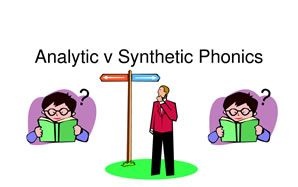
image courtesy By :http://reviewproductstore.tk
The Analytical Methods (Look and Say Method)
In these methods we start from wholes i.e. words, phrases, sentences etc. and then we break them into small parts. It is a two way process. First we move from words to letters and then we again move from letters to words, phrases and sentences. The following analytical methods are often used in schools.
- The Word Method
- The Phrase and Sentence Method
The Word Method
This method is based on the assumption that the child learns the name of things or sentences. He never comes across meaningless sounds. Therefore it is natural that he should be taught meaningful words. At first the words are taught with the help of charts, pictures, models etc. when the child is able to recognize the word, the model or picture is removed.
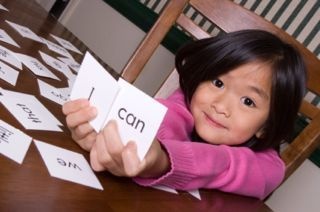
image courtesy by : http://www.childrens-books-and-reading.com
The main charge against this method is that it creates unnecessary burden for the child, who goes on cramming sources of words, without understanding the origin. Often it has been observed in the classrooms that look and say method is nothing more than a futile exercise in cramming. The students can read the word if you start from the beginning of the page. If you ask from the middle of the page or lower part of the page they cannot recognize the words.
As the students read the whole word without recognizing the sounds therefore they are week in spelling.
Phrase and Sentence Method
Phrase method and sentence method are the extension of the word method. Some psychologists have the opinion that the eye movement stretches to a phrase or sentence and the child looks at the combination of the words with one eye movement. Therefore start should be made by a phrase or a sentence and then they should be broken into words and letters.
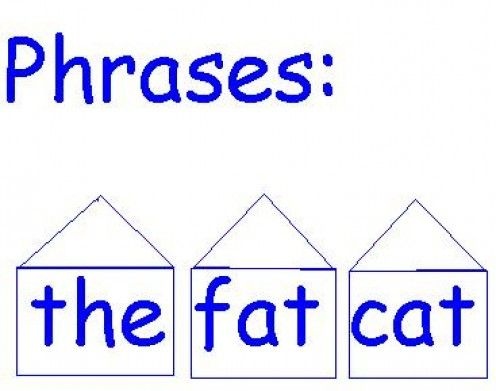
image courtesy by: http://felisadaskeo.hubpages.com
Here the question arises when we have to go back to a letter without caring for the eye span of the students then why we should not start with letters or words.
Teaching Reading by Analytical Methods ways
Use of pictures or models
New words are introduced with the help of pictures or models. When the students are able to recognize then the pictures or models are removed.

image courtesy by : http://www.childrens-books-and-reading.com
Using words in context
The new words are introduced with the help of structures already studied. For example the students have already learnt the structure “This is …….”. By adding new word it will become “This is a ball”. The students will immediately recognize the newly introduced word ‘Ball’.
Structural Analyze
Many words used in English are combination of two forms. It often happens the students have studied both the forms separately. If they are directed to read the word by joining the two forms they will find it easier to study them. For example the students have already read two different words “some, and time”. The new word “sometimes” can be easily read by first reading ‘some’ and ‘time’ separately.
Phonetic Analyze
In words of regular spellings there are letters and groups of letters called phonograms or phonetic elements. The teacher by inviting the attention of students to sounds of certain phonograms can teach reading easily. The sounds of ch, sh, are, the, ere etc. have their peculiar sounds. The students by combining these sounds can easily read new words.
Synthetic Methods
In synthetic methods we proceed from parts to wholes. We teach letters or their sounds in the beginning and then by joining the letters or sounds to make words.
These are centuries old tried and tested methods of teaching. In the late 19th century and in the beginning of 20th century efforts have been made for making these methods more interesting and palatable for students. Following are the common used synthetic methods of teaching reading.
- The Alphabetic Method
- The Phonic Method
- The Phonetic Method
The Alphabetic Method
The beginning is made by teaching the name of letters. Sometimes the letters are introduced with the help of pictures and models. As the students already recognize these objectives therefore they can learn the name of letters a bit easily.
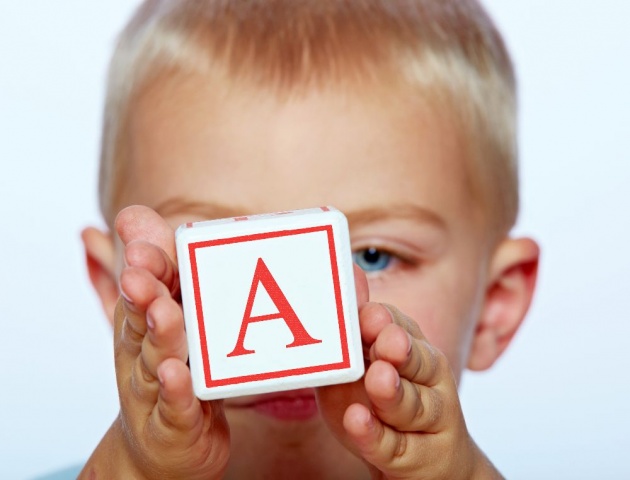
image courtesy by coolkidscan.com
The charge against this method is that students are compelled to cram meaningless sounds, which they never come across in life. Learning spread remains very slow in the beginning, but when the students have grasped the sounds of letters they move rapidly. By joining letters they can easily read new and unseen words, which give them a sense of success.
By proceeding in a sequence the teacher can make reading a fun. For example he has taught the word “rat”, now he can invite similar meaningful words. He can give the form of a group competition.
The students will probably say bat, chat, fat, sat, mat, hat etc. This would not only enhance their vocabulary but also give them confidence. Innovative teachers often use similar interesting techniques for making the language learning a pleasure.
The Phonic Method
This method is similar to the alphabetic method. In alphabetic method we teach the name of the letters and then by joining different letters we pronounce words. In phonic method we teach the sounds of letters we pronounce words. The names of the alphabet letters are combination of different sounds. Therefore when by joining two or three letters we pronounce a word it seems quit unnatural. For example, we take the word “am”. It pronounces as ‘m’ but we say ‘a’ ‘m’ “am”. In phonic method we shall only utter the sounds of “a” and “m” and by joining these two sounds, we shall make the word “am”.
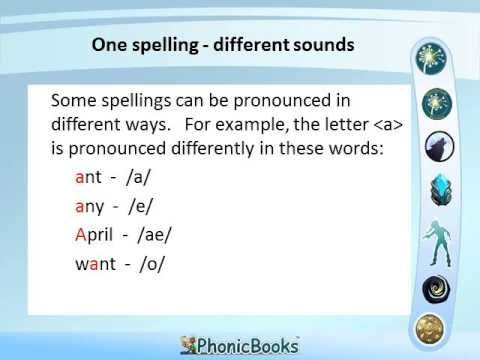
image courtesy by : http://www.childrens-books-and-reading.com
The major problem with this method is that often the sounds do not represent the pronunciation of the letter. Moreover, some letters have more than one sound. Also a letter in different combinations gives different sounds. Sounds of c, gs, x, t, ch, sh, th etc. are quite confusing. Some letters in some words remain silent but in other words they give sounds. In “psalm” letter ‘p’ and ‘l’ are silent, and you know many other words of this kind.

image courtesy by http://www.mumsnet.com
Many words of English language sound alike but they have different spellings. For example, receive, relieve, vain, foul, fowl, check, cheque etc.
By teaching through this method, spellings remain weak. Child remains engaged in the sound of the word and he can hardly pay attention to its meanings. Picking up sounds of different letters is a cumbersome job and the child finds it difficult to remember all these sounds without associating them with something concrete.
Phonetic Method
The phonetic method is an improved form of the phonic method. This method introduces a new system of symbols so that there is a separate letter for each separate sound. No doubt that this method removes the hurdles of confusing spellings but as the books is written in ordinary letters therefore this method is not much in use.

image courtesy by http://study.com
This blog is original copyright to ric4iqbal2. Copying content/ plagiarize of this blog is strictly prohibited.



